In Zaporizhzhia, the Journalists’ Work In Conditions Of Radiation Danger training took place on the basis of the Vohnyk educational and training center. The organizer of the event is the National Union of Journalists of Ukraine (NUJU), with the support of the international organization Reporters Without Borders, in partnership with the Head Office of the State Emergency Situations Service (SESS) of Ukraine in the Zaporizhzhia Region and the Vohnyk educational and training center.
“With the beginning of the full-scale invasion of Russia, Ukrainian media workers faced a lot of challenges. Safety is a key factor helping journalists to perform their work efficiently and effectively,” said NUJU First Secretary Lina Kushch, opening the training.
She emphasized that the training is very relevant. In conditions where the occupiers have actually turned the territory of the Zaporizhzhia nuclear power plant into a military base and the radiation threat really exists, media representatives need to gain knowledge and work out the algorithm of actions in the zone of radiation contamination.
All trainers are experienced specialists and experts in civil protection issues. Yuliya Barysheva, a spokesperson for the SESS‘s Main Department in the Zaporizhzhia Region, emphasized while addressing the participants in the training.
The founder of the Vohnyk educational and training center, Ivan Zdorovets, said that the peculiarity of the training is that its participants receive not only theoretical knowledge but also practical skills.
The first part of the class was dedicated to the characteristics of the radiation threat and personal safety measures for journalists in conditions of radiation danger.
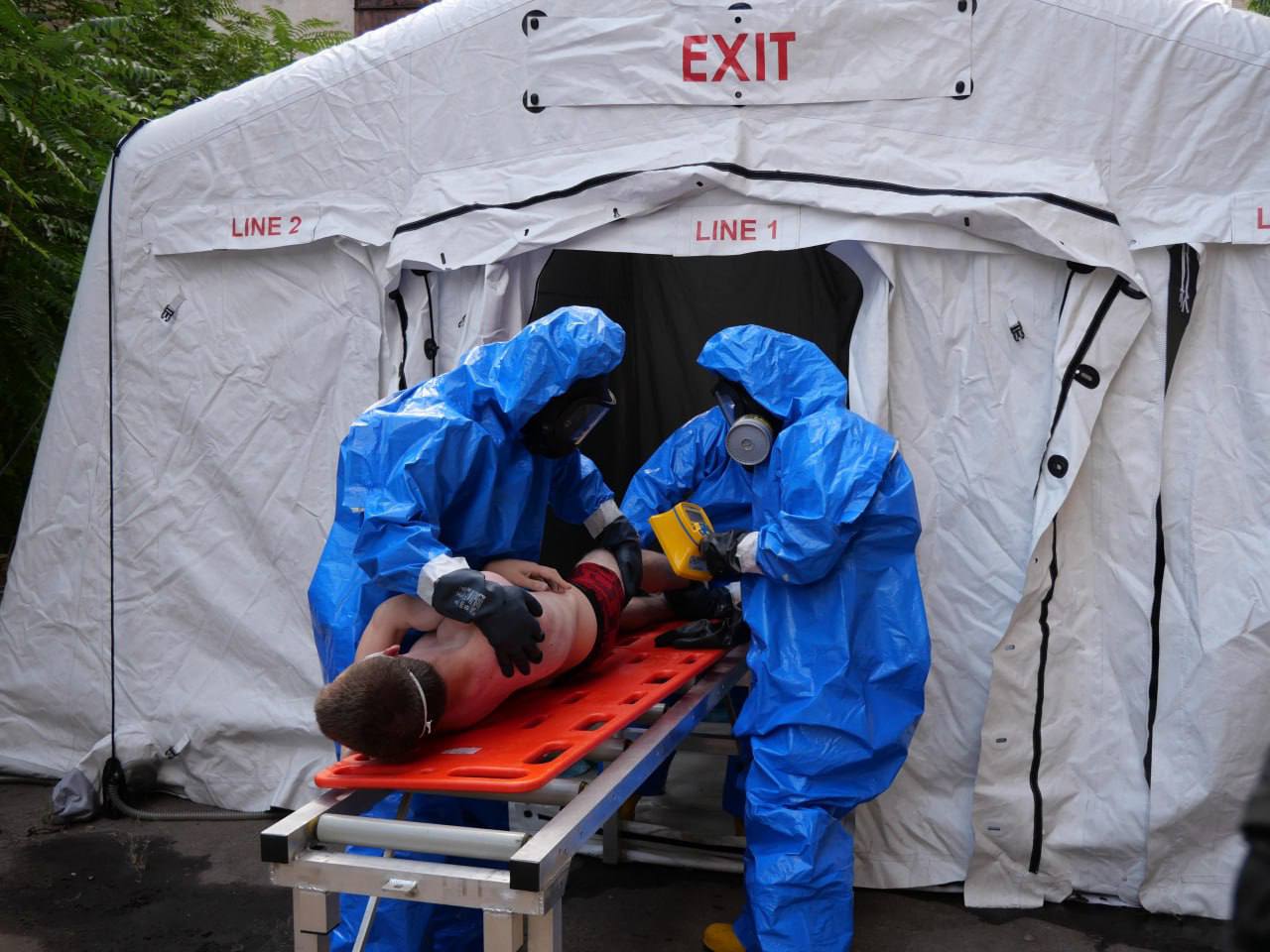
Also, the trainers spoke in detail about protective equipment and its use. In particular, Oleksandr Pidopryhora, an instructor in chemical and radiation protection at Vohnyk, shared with the training participants information about how to protect their respiratory organs and bodies from radiation. And the methodologist of the Center demonstrated the types of protective suits.
The topic of another theoretical part of the training was the specificity of actions in the zone of radiation contamination and the work of journalists in the conditions of hostilities and man-made disasters. Ivan Zdorovets, who often worked on the front lines since 2014, and Tetiana Uralova, a war journalist and safety expert, told how to behave during shelling and how media workers worked in Kherson after the explosion at the Kakhovka hydroelectric power plant when the enemy was relentlessly shelled the city with heavy weapons leaving no place to hide due to flooding of all shelters.
Besides, the training participants had an opportunity to listen to one of the employees of the Zaporizhzhia NPP. He shared information about what is happening now at the station. According to him, the occupiers turned the Zaporizhzhia NPP into a barracks and warehouse with ammunition and weapons, not worrying about any security measures.
But still, the primary task of the training was to hold a practical part – the simulation of a man-made disaster. At it, it was possible to finally consolidate all the acquired knowledge. The instructors clearly demonstrated how to assist victims of radiation contamination and how the degassing process takes place. SESS representatives provided all required special equipment and machinery to practice the acquired skills.
All participants of the theoretical and practical training received accomplishment certificates and sets of protective clothing and devices for breathing provided by Reporters Without Borders.
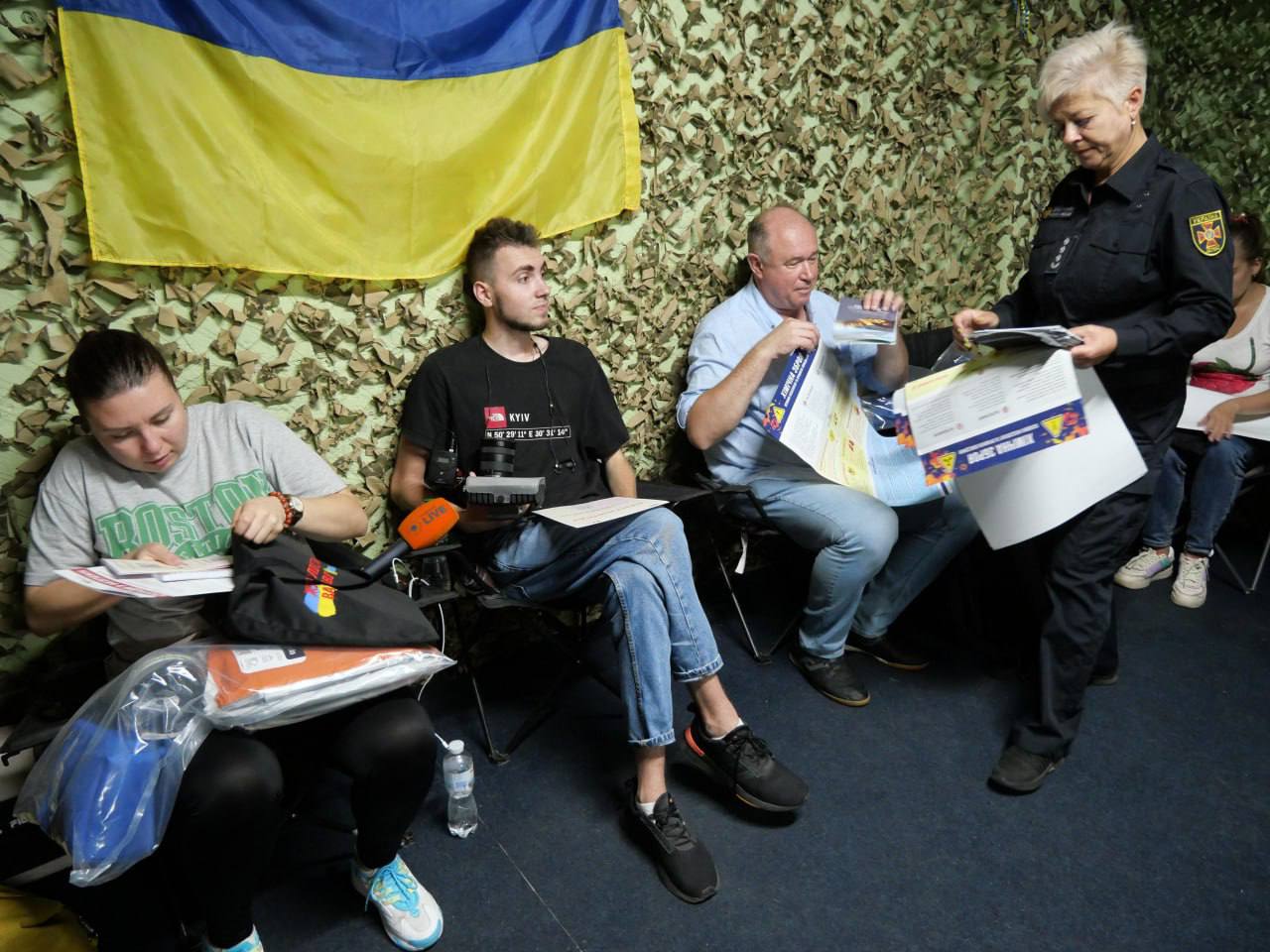

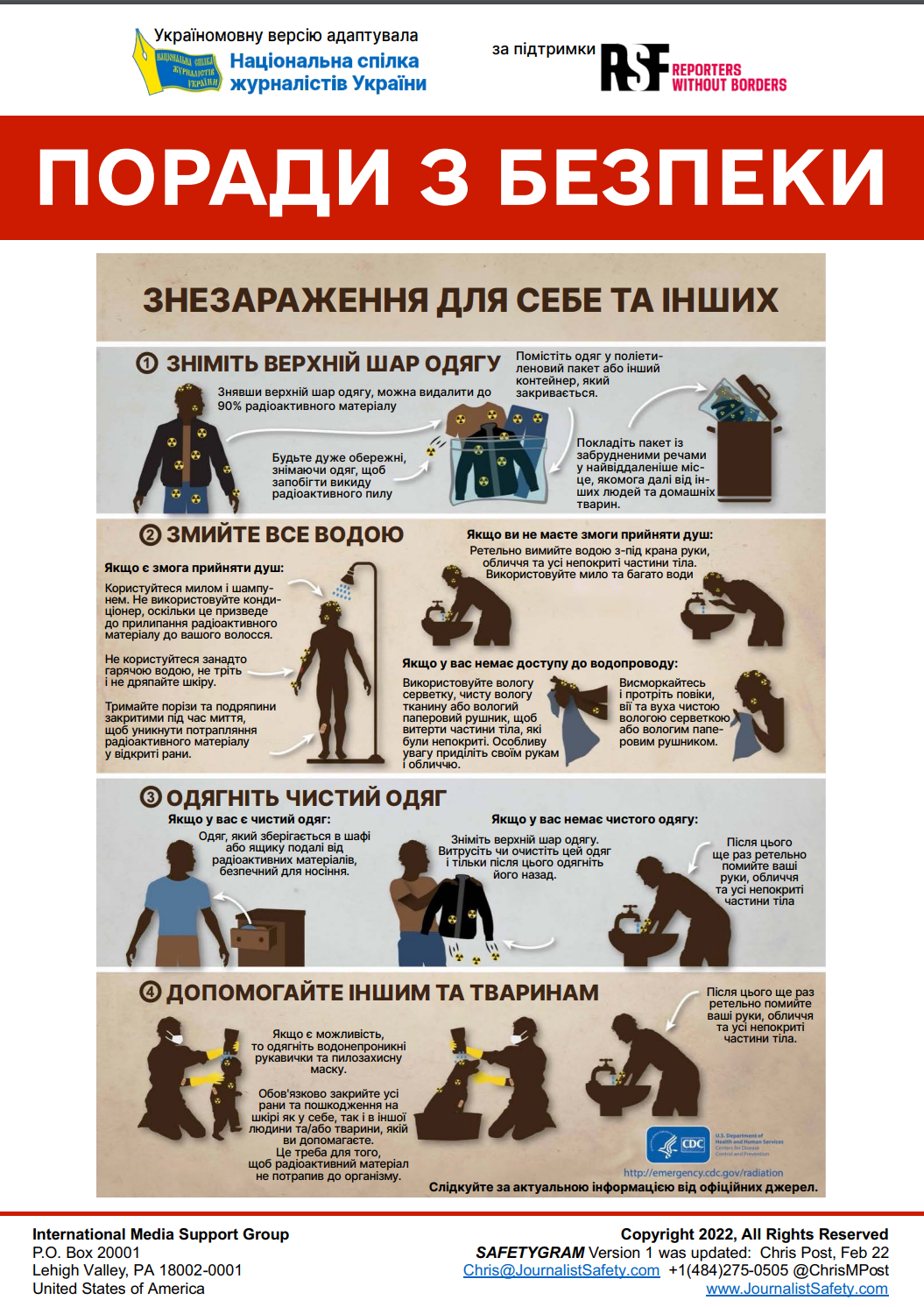
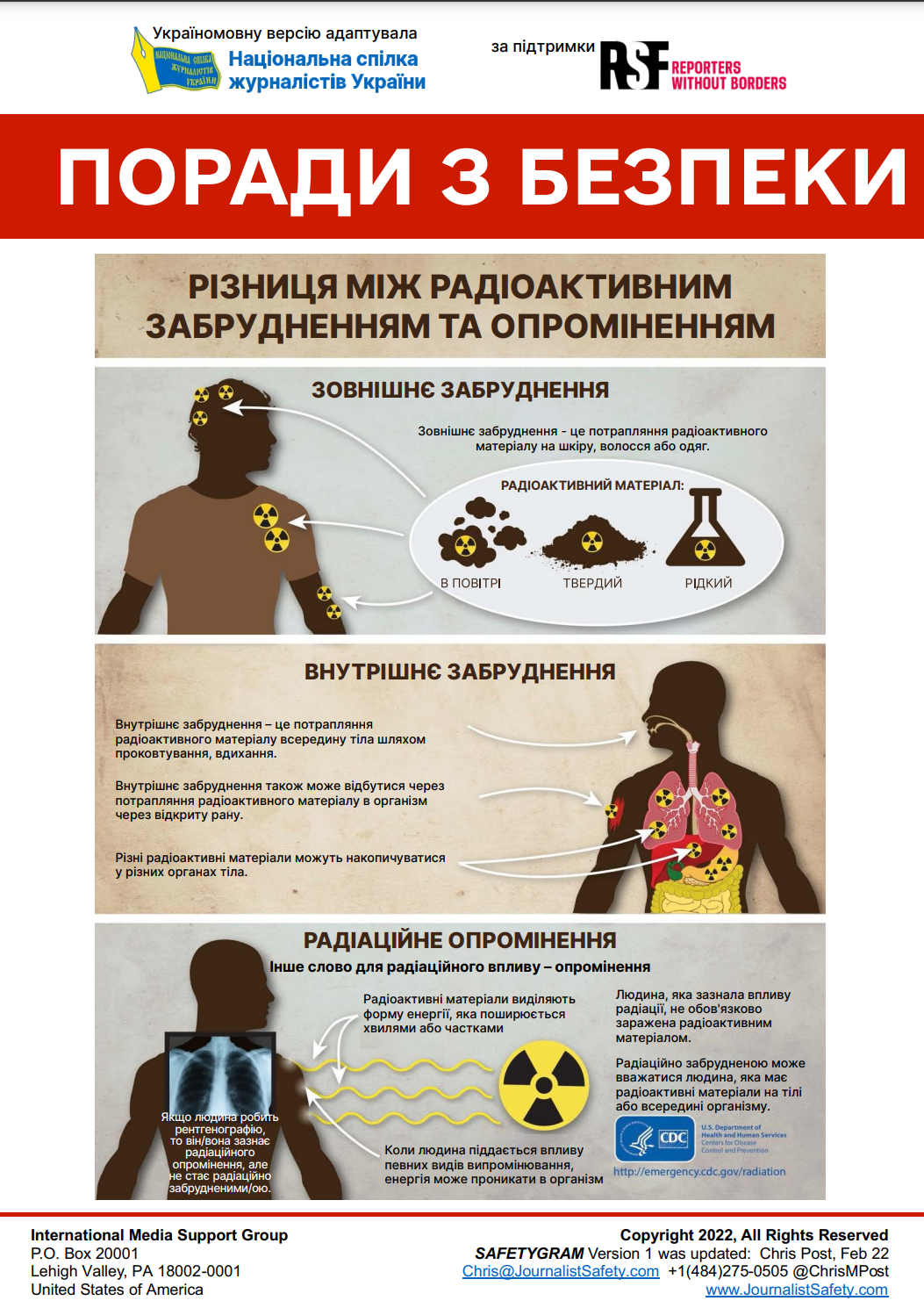
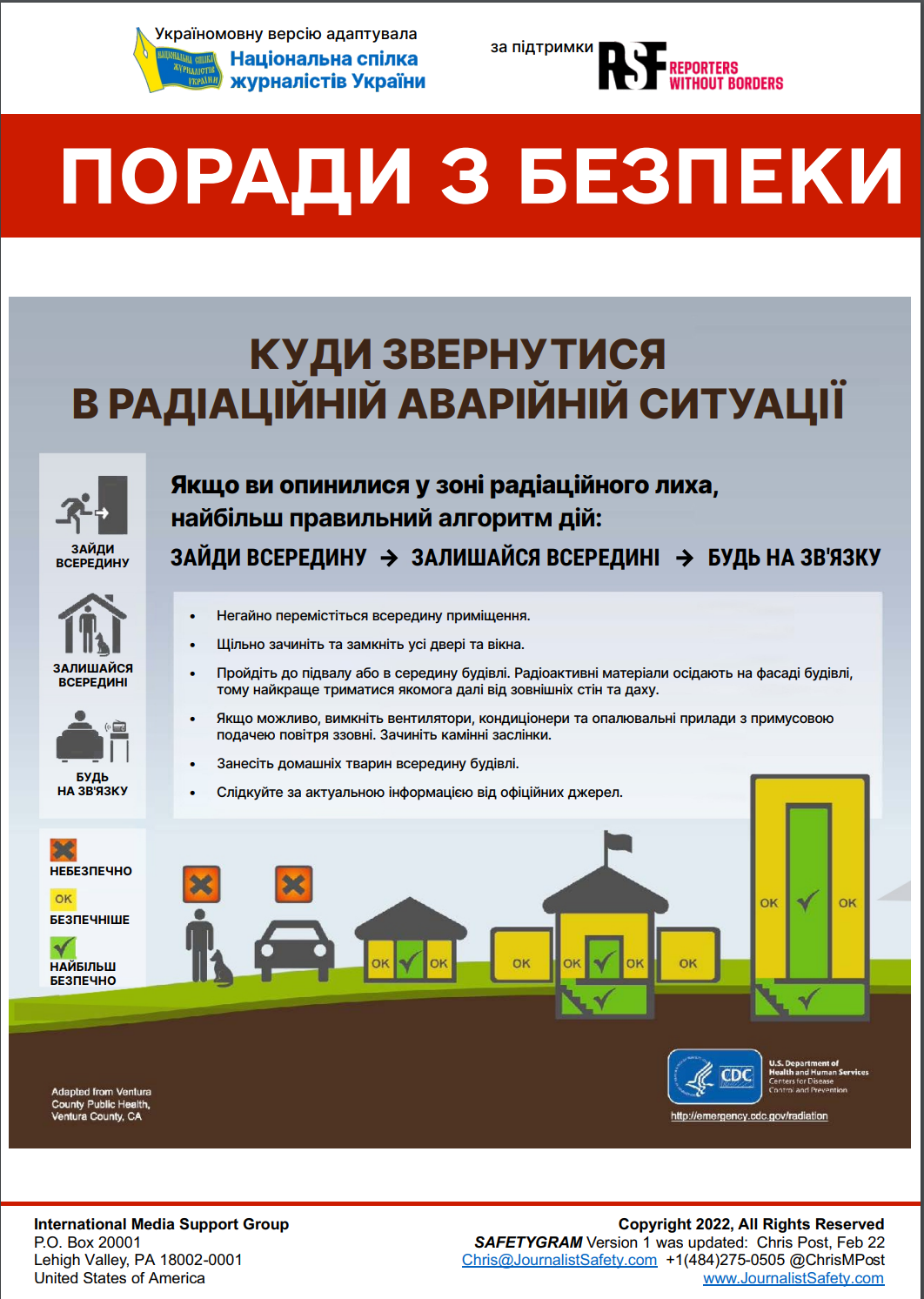
NUJU Information Service

 THE NATIONAL UNION OF
JOURNALISTS OF UKRAINE
THE NATIONAL UNION OF
JOURNALISTS OF UKRAINE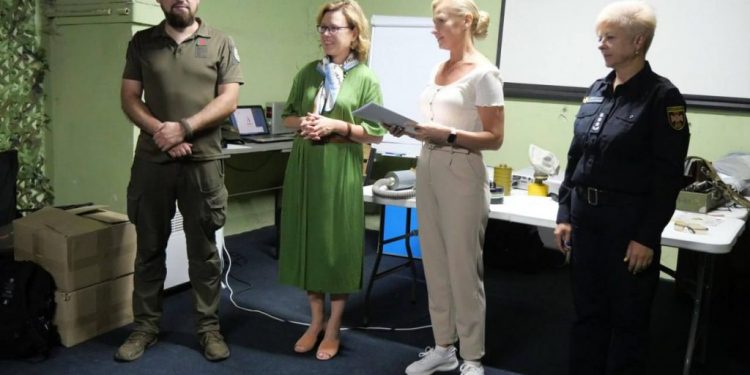

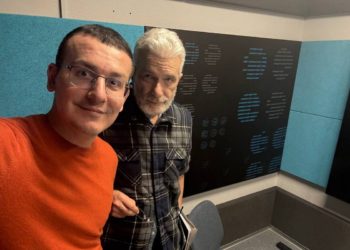
![International Media Organizations: peace plan mustn’t envision amnesty for crimes against journalists 10 Ukrainian flag on Independence Square [Maidan Nezalezhnosti] in Kyiv, Ukraine (archive image). EPA-EFE / Oleh Petrasiuk](https://nuju.org.ua/wp-content/uploads/2025/12/maidan-flag-yezhak-2022-350x250.jpg)
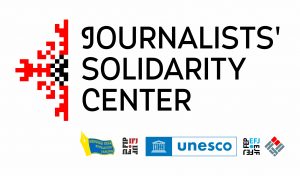
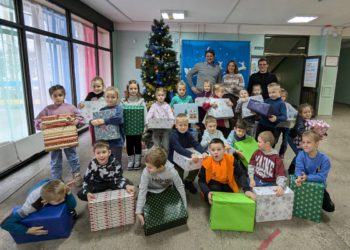


![International Media Organizations: peace plan mustn’t envision amnesty for crimes against journalists 14 Ukrainian flag on Independence Square [Maidan Nezalezhnosti] in Kyiv, Ukraine (archive image). EPA-EFE / Oleh Petrasiuk](https://nuju.org.ua/wp-content/uploads/2025/12/maidan-flag-yezhak-2022-120x86.jpg)




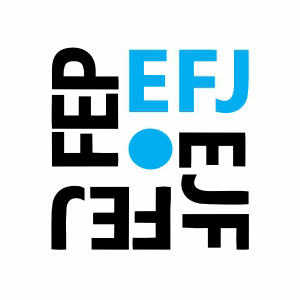



Discussion about this post